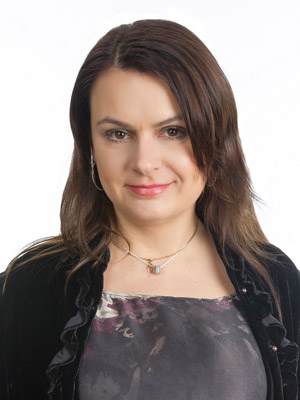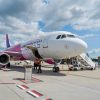 It’s is no secret that aviation is a safety-obsessed and exceptionally conservative business. At the same time, it’s one of the most advanced hi-tech industries filled with robots, extremely sophisticated software and other fancy and very attractive gadgets young people love. However, in the past several years it seems to be losing its ‘magic’ as more and more talented young people steer their careers towards Google, Apple or other ‘hype’ hi-tech enterprises. And there’s a good reason behind such a trend.
It’s is no secret that aviation is a safety-obsessed and exceptionally conservative business. At the same time, it’s one of the most advanced hi-tech industries filled with robots, extremely sophisticated software and other fancy and very attractive gadgets young people love. However, in the past several years it seems to be losing its ‘magic’ as more and more talented young people steer their careers towards Google, Apple or other ‘hype’ hi-tech enterprises. And there’s a good reason behind such a trend.
As a matter of fact, in Europe alone, almost a third (28,2%) of all engineering graduates name Apple, Google or Microsoft the most desired employee, while the closest aviation company, the giant Airbus Group, is attractive for just a tad over 4%, according to Trendence. And all of this is happening at a time, when just a month before Boeing indicates the demand for pilots and technicians to be on the rise by 5% (to 1 195 000 pilots and technicians) worldwide.
Hardly anyone would dare to argue against the fact that ‘live to work’ – an expression used to describe the meaning of life amongst the representatives of earlier generations – is absolutely outdated and not suitable for the modern workforce – gen Y. “This particular group will account for 3 quarters of the global employees in just 10 years’ time. Moreover, it seems like the tech giants have figured out how to attract and retain the young talent, while aviation has seemingly decided to take a gap year during the most important part of its existence,” explains Skaiste Knyzaite, the CEO of AviationCV.com. “Today’s employees or the millennials are not as tech-savvy as media describes them. Instead, they are rather tech-addicted, thus every single step of the way in terms of attracting and recruiting them must be based on the modern-day tools young people use every day.”
According to the data from eMarketer, almost 60% of the gen Y representatives say that mobile-friendly websites or apps are the proper way for companies to reach them. In other words, you or your recruiter has to be able to speak their language, which is mobile. And that’s just the first step in the lengthy and complex process of becoming ‘hype’.
other words, you or your recruiter has to be able to speak their language, which is mobile. And that’s just the first step in the lengthy and complex process of becoming ‘hype’.
As noted by the executive, the next phase involves not only some serious investment, but also a far-reaching devotion to marketing and building brand-consciousness. “This year Virgin Australia was honoured as the best place to work in the land down under, while Southwest Airlines are always amongst the top 20 organizations to work for in the US. It just shows how much the aforementioned investment pays off. Do poor marketing, and the best of gen Y will turn away from you in a matter of minutes. However, if you do it well, you'll garner the rewards, the same way Google or Facebook does,” comments the CEO.
Nevertheless, attracting and recruiting is just the beginning, as this generation is expected to have an average of 20 jobs throughout their lifetime, while baby boomers or gen X would reach a tad over 10, says Forbes. “Retaining is also part of the process, during which the most important factors are recognition and appreciation. These seemingly simple things coupled with motivating tasks allow companies to retain the most talented millenials”.
“Nevertheless, first of all, most aviation companies must wake up and change their brand image as well as recruitment strategies. And while companies struggle to understand the most important present-day lesson, the more experienced recruiters with the know-how of the modern employee market and their demands remain the only option to challenge the Silicon Valley in finding and attracting the gen Y talent,” concludes Skaiste Knyzaite.





